We've been keeping track of the wonderful wildlife we see here at Butser as the seasons change. Here is the first of our updates written by team member Victoria Melluish on what we've witnessed this spring!
This month we have discovered many wonderful and curious things at Butser Ancient Farm, as spring awakens from her wintery slumber and stretches her branches, the flora and fauna are reborn right before our eyes.
March has been particularly special due to the little patter of hoofs, our Manx Loaghtan lambs are being born one after the other and seem to pop up all over our fields like little puffs of black smoke. Their unique genes means that they are born as dark as coal which gradually transforms as they grow into a coffee brown, then into a cream and white adult with tussled wispy looking wool, chocolate caramel toned head and legs, and of course their magnificent fairy tale horns. Manx Loaghtan are usually born with either two or four little bumps on their heads where their horns will eventually grow, sometimes they can grow up to six!
We have also stumbled across a common toad nestled amongst the logs and bramble next to the Llandygai just a few feet away from a discarded pheasant egg, which are usually a pale khaki green colour. Pheasants wonder the farm in plenty, usually appearing in larger numbers once the site is quieter to peck at the goat food, so it is no surprise that they may misplace an egg or two.
Barn owl and kestrel pellets have been discovered also, the kestrel is a regular visitor of the farm and always seems to sit behind the roman villa on the window ledge where she leaves her pellets and droppings each evening, whereas the barn owl favours the Little Woodbury roundhouse where field mice, field voles and shrew are abundant. Dissecting the barn owl pellets we found that the barn owl has a particular taste for field voles, as 98% of the bones found in her pellets identically matched the anatomy. The kestrel seems to prey on much smaller mammals and insects, like small mice and beetles, which tells us a lot about the biodiversity of the farm.
Spotting the lambs in our fields and kestrels drifting past our peripherals is delightful and usually predictable around March time, however something that caught our eye last week was entirely unexpected and unpredictable. Whilst walking through the Iron Age Village I glanced over at a Buzzard swooping and darting at the disgruntled crows, when my eye fixated just beyond the farms fencing towards the forest. A white glimmer of movement in the distance, I knew immediately what it was, a rare site that we see maybe three times a year. The elusive and legendary White Hart of Butser.
We quietly scrambled over to the wicker man hill to get closer being sure to move slowly as we approached and fumbled around to get the camera ready for a shot of this beautiful abnormality. We crawled to the top of the hill and peeked over, he was grazing on the edge of the forest with five other fallow deer, four doe and another stag, all fawn and bark coloured tones. The white hart had grown his antlers far more since last year and was looking evermore graceful. As we shifted and snapped pictures, his head quickly turned to us and he stared whilst we held our breath. Then almost like he didn’t see us at all he continued grazing, seemingly not concerned that there were two very giddy grinning humans staring at him. Moments passed and then he and his herd galloped through the wheat field and over the hill, a truly magical moment!
The White Hart throughout history has always been given the title of mystical and legendary, whether it be an omen or a sign of good fortune, the White Hart stuns and excites almost everyone who sees it. In Celtic mythology, the White Stag symbolises the presence and existence of the otherworld, and means that forces from the otherworld are in action. The Celtic god Cernunnos has always been seen in drawings, paintings and in writing as a man with horns growing from his head, many believe the two are connected or the same being. In earlier times the Celts believed that the White Stag was a bringer of great changes to those it encountered, sometimes it was known that the white stag would also appear when something sacred or a law or code was being broken.There is plenty of evidence that prove that the white stag is not just a supernatural beast but a natural phenomenon. White stags and deer are often wrongly thought of as being albino. In fact they inherited a rare genetic condition called leucism. So there we experienced the highlight of the month and are constantly gazing out over to the forest edge to see if we can catch another small glimpse of the White Hart, we hope our visitors will one day be able to spot this beauty.






